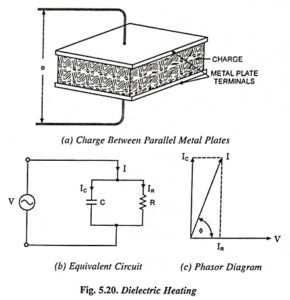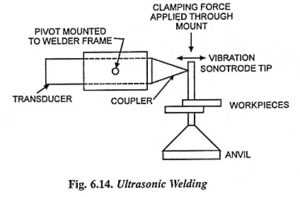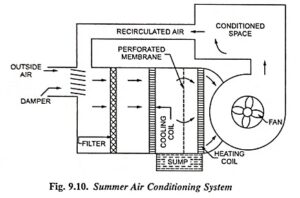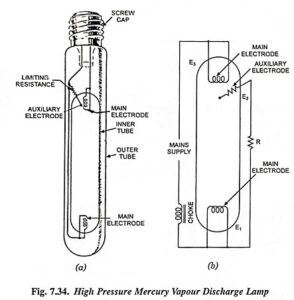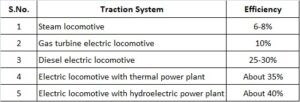Types of Air Conditioning Systems:
There are three types of air conditioning systems,
1. Unitary Air Conditioning System:
In this system, factory assembled air conditioners are installed in or adjacent to the space to be conditioned. The unitary air conditioning systems are of the following two types.
(a) Window Units: These are self-contained units of small capacity of 1 tonne to 3 tonnes, and are mounted in a window or through the wall. They are employed to condition the air of one room only. If the room is of bigger size, two or more units are installed. Now smaller units of 1 tonne, even 3/4 tonne arc also available.
(b) Vertical Packed Units: These are also self-contained units of larger capacity of 5 to 20 tonnes and are installed adjacent to the space to be conditioned. This is very useful for conditioning the air of a restaurant, bank or small office.
The unitary air conditioning system may be adopted for winter, summer or year-round air conditioning.
2. Central Air Conditioning System:
This is most important types of air conditioning systems, which is adopted, when the cooling capacity required is 25 tonnes or more. This system is also adopted when the air flow exceeds 300 m3 per minute or different zones in a building are to be air conditioned.
In this type of air conditioning various essential components, or units of air conditioning are situated at some central place usually in basement from where conditioned air is led through sheet metal ducts to the various rooms or space of building. There are return ducts for carrying air from these rooms back to the central place where it is dehumidified, cooled and recharged with fresh air. The circulation of air is achieved either naturally or by a fan. Advantages of this type of air conditioning system are high efficiency of operation and robustness of the equipment. The main disadvantages are absence of any adjustment of individual room temperature, necessity of costly ducting system and mixing of odours, smoke and bacteria present in the return air from infected rooms and redistributing them to healthy rooms. This type of air conditioning is best suited for big installations, factories and industrial concerns.
3. Unitary Central Air Conditioning System:
The main disadvantage of the central system is that it needs large sized ducts which are costly and occupy large space. The ducts have to carry full volume of air (outdoor plus return) to be supplied to all the rooms. The size of ducts is, therefore, made large enough to carry the whole supply of air, Similarly for return ducts, the same remarks apply. To overcome this problem, unitary central system is used.
In this types of air conditioning systems, the features of both the central type and unitary type air conditioning systems have been combined in order to use it for all purposes and to make greater life expectancy. In this type of air conditioning heating and cooling equipments are installed in the central room. The various unit air conditioners in different rooms are supplied with heat energy (in the form of steam or hot water) or chilled water through the pipes.
The air conditioning unit in this case comprises of heating and cooling coils, filters, blowers, dampers, valves, control and other associated equipment. All the disadvantages of central type are done away with. There will be no return air duct, no mixing of odours and bacterial of one room and redistribution of the same among other rooms. Temperature of each space unit can be controlled by room unit. Fresh air duct required to supply only 15% fresh air, rest of 85% air being recirculated, will be of very much small size. Fresh air introduced will displace corresponding quantity of air which will escape through openings etc.

